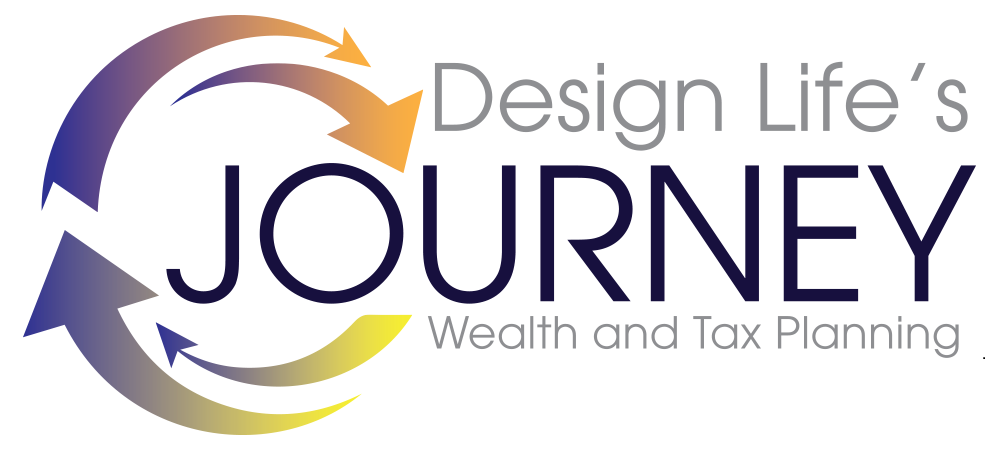What is tax planning?
Tax planning is the integration of tax preparation with financial planning. It expands traditional financial planning with the consideration of how taxes impact one’s wealth today and in the future. By comparing short-term tax strategies against future tax consequences, individuals can maximize their wealth accumulation by keeping more of what they earn while minimizing the amount of taxes they pay over their lifetime. It also opens the open to assessing new investment opportunities.
The key is how much money should one defer each year? On the surface it appears to be a no-brainer; as much as you can! But remember, Uncle Sam is only allowing you to defer taxes, not eliminate or forego paying taxes.
The future date to pay those taxes was defined in the Required Minimum Distribution laws. Even if you do not need the funds to support your lifestyle, you are required to take withdrawals at a set age. Until 2020, Required Minimum Distributions (or RMDs for short) had to begin at age 70 ½, now it is age 72. (Note: If you are under age 72 in 2020 you do not have to make RMD withdrawals, even if you had to make a withdrawal last year. Contact your financial institution or advisor if you have questions.)
SO WHAT’S THE BIG DEAL?
The best way to illustrate the impact of RMDs is to provide an example:
A married couple who will turn 72 in 2020 jointly earned approximately $70,000 a year before they retired at age 65. They were good savers and accumulated $1,400,000 in their 401Ks and Traditional IRAs. They also have a $50,000 savings account at the bank.
Today if they were working, they’d be in the 12% tax bracket paying $4744 in federal income tax. However, they are retired and receiving $23,190 in social security benefits ($12,000 (his) & $11,190(hers)) and withdrawing $10,000 from their retirement accounts. They are paying $0 in income taxes. It was this way until they turn 72.
At age 72 they are required to make withdrawals from their retirement accounts in the amount of $51,000. This distribution is taxable and causes $19,717 of their social security benefits to now be taxable. Their total federal income tax liability at age 72 is $4828. That’s $84 more than if they were working. And remember they did not need $41,00 of those additional funds to maintain their current lifestyle. But understand tax deferral is temporary, and the government wants its taxes at some point and this is how the government ends the deferral period.
THAT DOESN’T SEEM FAIR…I MEAN ….
The worst of it hits married couples when one of the spouses passes away. Using the above illustration, the husband passes away decreasing the household income by $12,000, but because the surviving spouse is now a SINGLE taxpayer her tax obligation increases from $4828 to $9,117. That is 89% more than the year before and remember the spouse’s household income decreased from $23,190 to $11,190 because her husband’s social security benefit cease. The Requirement Minimum Distributions amount remains the same but now those distributions are needed by the surviving spouse to make up for the lost income and higher tax bill.
This is a BIG deal ! So protect yourself and make certain you are working with financial professionals who understand your tax situation and your investments.
When Deb learned how big the impact the Required Minimum Distributions could be on a person’s taxes in retirement, she was quick to incorporate tax planning into her business and became an accredited tax preparer. Now she is an advocate for individuals and business owners helping them pay only what they are required to pay. If you have questions or would like a free review of your situation, contact us to schedule an appointment at (920) 944-6020 or (678) 491-9744 or click here to schedule an appointment directly.


 Connection Secure: Your information is private when it is sent to this site.
Connection Secure: Your information is private when it is sent to this site.